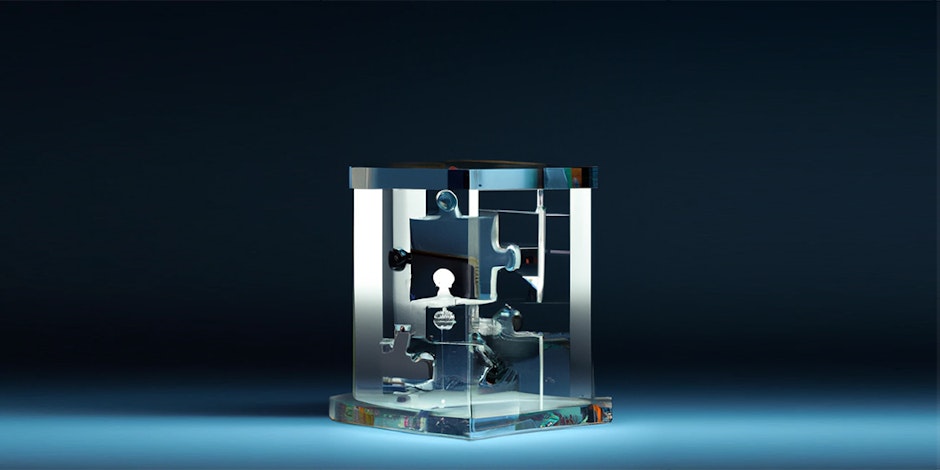How gamification enables brands to provide engaging experiences for customers
As customer expectations continue to change, brands need to engage with consumers through authentic, personalized experiences that demonstrate the value they place on each consumer

According to a Microsoft study, today’s consumer has an attention span of eight seconds, and this decreases by 88% every year. This means that marketers have a short amount of time to grab the attention of consumers and reach their customer base. However, it’s also clear that deeper engagement with consumers is better positioned to result in consumers taking action.
Games, or gamification, offer minutes of engagement by enabling brands to provide their customers with immersive experiences that guide users along a particular journey. This drives behavioral change, whether it be to make a purchasing decision or simply to engage more with the brand at the end of the experience.
Through gamification, brands are able to build trust, loyalty, and create authentic relationships with customers by connecting with them in a way that rewards their engagement and is not based on pure luck. Through the representation of games, or its cousin, gamification, brands can take the personas of their most engaged users and target them with various gamified experiences, including a visual representation of a customer archetype or “character” or a design of the game that speaks to the specific archetype.
Why does it matter that all of this is measurable?
In today’s competitive landscape, every brand has an incredible marketing mix that comprises above, middle and below-the-line marketing campaigns. However, this diverse number of customer touchpoints can make it difficult to pinpoint which results are coming from which marketing touchpoint, as well as understanding how any activities across each of these touchpoints are translating to results at the till point.
Additionally, as more spend is being diverted into digital experiences at a time when budgets are constrained, CMOs are increasingly prioritizing the returns of those digital experiences. By making use of scalable, measurable gamification, brands will be able to access real-time data, draw important insights into their customers, and use actionable metrics to help foster better decision-making.
Marketers are often reacquiring their users multiple times. By using gamified experiences, brands are able to use this spend and maximize the number of bites they can grab at the potential engagement of a single acquisition. For example, it might cost a brand $5.48 to acquire one user, but when driving that user into a measured gamified experience, a brand could ensure that the user returns on average three to five times through a single acquisition. This has the net effect of reducing the cost of customer acquisition in the long term.
What are we able to measure with these kinds of experiences?
Gamification takes place in a digital environment. As such, brands can measure everything the user does in response to content, including what they’re looking at, how many times they look at it and how many times they return to the content. This allows for a 360-degree view of the customer.
Take Hailr as an example. This playable advertising solution rewards users for their time & attention and at the same time provides meaningful results and insights back to brands. So now, a simple quiz game can be turned into a very powerful research tool, providing unique insights into a brand’s customer base. Additionally, gamified experiences aimed at driving a particular action, such as checking in at a specific location, can be tracked in real time through a digital dashboard instead of needing to be manually counted at the location.
By moving competitions to a digital space instead of physical (such as customers having to place their name and details on a till slip and place it into a box in a store), brands will be able to implement the appropriate tracking, demonstrate the fairness of the competition and, most importantly, shift the relationship between the customer and the brand to be based on the customer’s individual effort.
This digital journey enables the brand to audit customer behavior at every touchpoint of a marketing campaign, removing the need for guesswork and allowing them to tweak the campaign in real-time. If early campaign data indicates that a brand reached their target numbers through organic engagement, they are then able to make the decision to not deploy media spend initially allocated to the campaign.
On the opposite end of the spectrum, a brand may recognize a dip in engagement at the mid-mark of a campaign and decide to deploy increased media spend. This ensures the longevity of a campaign and ensures brands get more bang for their buck.
So, why gamification?
The question brands need to start asking themselves is how to cash in their brand equity to allow for rewarding their most engaged users, building authentic relationships with customers, and better understanding their customers.
Brands can no longer impress differentiation through price, product or service alone and must distinguish themselves from their competitors by providing consumers with real value in the form of customer-focused experiences.

